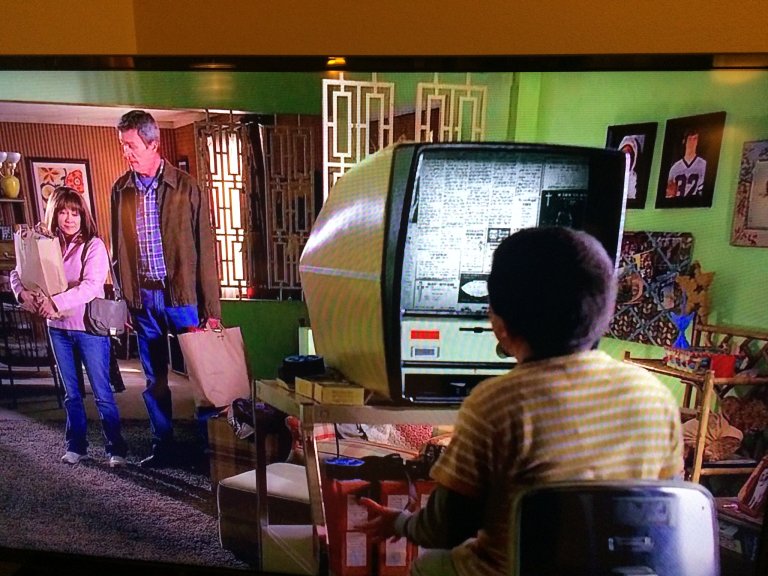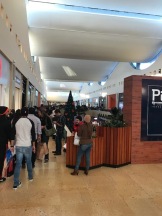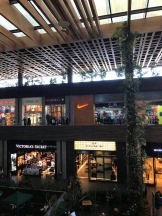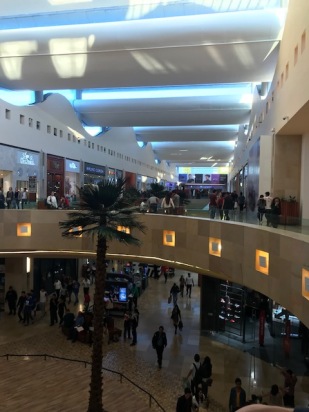December 31, 2018

Back in 1996, I was serving as an expert witness in a mediation related to HVAC billing methodologies in regional malls. The tenant brought in their own expert witness to address water rates. Over the course of two days, the two of us had plenty of time to talk. At that time, in most municipalities, water rates ran 2-3 times sewer rates. He shared that over the next few years, sewer rates would creep up to the same levels as water rates – possibly higher.
I absolutely wanted to discount his prediction because an increase in sewer rates would ultimately affect base rents. But, over the next decade, I saw those sewer rates creep up. He was sharing a new reality, and I did not want to listen.
Though we are fighting tooth and nail, I think we are in the midst of a reality shift for retail rents – much more so for enclosed, regional mall type centers than for open air, community centers. To a certain extent, we all try to apply a kind of ratchet to rents – they can increase but never decrease. But, tenant mixes are changing significantly. I have a tendency to resist using buzzwords almost out of spite because they are buzzwords. However, a few of them are not just buzzwords anymore and are contributing to this new reality of retail rents – experiential retail and showrooming.
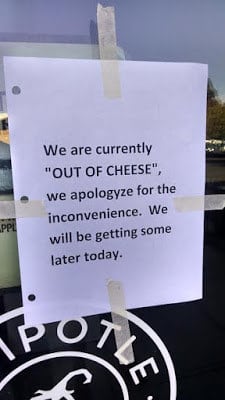
I have quotes above around the word retail in the blog’s title. I have seen so many memes where quotes are used in a way that makes you question whether the user knows how or why to use them. In this case, I am air-quoting the word because, to a certain extent, retail is no longer retail. The language that used to be so prevalent in retail leases about other permitted uses in a shopping center, “… and other similar uses found in first class shopping centers …” no longer has relevance. The days of having specific restrictions against health clubs, schools and other educational facilities, residential, sales and rentals of vehicles, a limit on the number of square feet of office space, gambling, distilleries or even supermarkets (in regional malls) and theaters are going away.
As “retail” changes, many of these formerly restricted uses are becoming desired uses. Vacancy or: A Lifetime or Equinox Fitness? A Tesla dealership? A Whole Foods? A well conceived multi-family project? A Main Event or Dave & Busters type attraction? A WeWork coworking office space?
One of my idols in our industry. Henry Faison, passed away a few years ago. I had the opportunity to start working with him in 1990 – a few years into my career but nearly 30 years into his. He developed many successful strip centers before adding regional malls in the mid-1960s. His successes could be attributed to the relationships he developed with anchor tenants over the years. I sincerely wanted to believe that the man did a happy dance when he had gotten commitments from a few anchors and knew he had a center coming. But, what I learned was that his own happy dance was not a physical display but the joy he got from the ability to create that successful center by perfecting the tenant mix. Which tenant would go next to which anchor? How would certain categories be grouped and on what floors? Ultimately, perfecting the tenant mix would optimize sales which would, in turn, optimize rents.
The need to focus on tenant mix has not changed at all. Ultimately, perfecting the tenant mix will optimize the tenants’ successes and the center’s own financial performance. However, the components of the tenant mix have been changing drastically, and the sales per square foot of a tenant is no longer the exclusive measure of a tenant’s success.
I think it may have been 10+ years ago, I sat at a roundtable at ICSC’s RECON led by Bill Taubman, COO of The Taubman Company. He never came out and used the word showrooming (because it may not have existed as a word attributed to retail at the time), but Taubman was starting to address the concept at the time. They had recognized the need to capture the rental value attributable to a tenant’s increases in online sales in markets where they had a physical location. If you look at the sales of a tenant made at a bricks and mortar location, and let’s say those are $500 per square foot, that might equate to a minimum rent of $40 per square foot. However, if there is a direct correlation to a 30% increase in online sales in a market where there is a physical location, the value is much greater than $40 per square foot. From personal experience, I had not purchased from UNTUCKit until I had the opportunity to visit a bricks and mortar location but have now become a regular customer.
In the case of showrooming, there is value far beyond the sales made in the bricks and mortar location – an opportunity for increased rents.
However, in the case of experiential retail, the flipside may be true. The new reality. The rent ratchet may (or maybe even can) no longer exist. As we rethink tenant mix, we have to rethink the appraisal concept of “highest and best use.” We cannot run our proformas assuming all vacancies will be tenanted at $40 per square foot with a $20 per square foot tenant allowance. We have to consider that these new “retailer” have many different measures of their own successes. We have to understand what types of rents these “retailers” can afford. There may be a sizable spread between what we would like and what a tenant can pay to ensure their long term success. We have to take time to understand these new types of tenants’ measure of profitability. It may be that, if we want that experiential tenant, we have to accept $15 per square foot instead of the $40. But, ultimately, if that experiential tenant is a key component to our desired tenant mix, we are maximizing value in the long run.
Regional mall values (and the companies that own those regional malls) have already taken their value hits. It’s time to rethink that tenant mix and mine for the new values that can be achieved in this new “retail” reality.
Comments |
Posted in Retail Leases, Shopping Center, Uncategorized



